
Check out today's report!
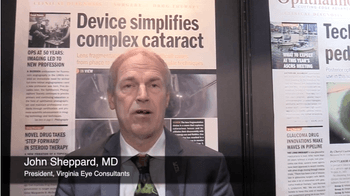
Here's why John Sheppard, MD, believes nutrition should be the cornerstone of dry eye therapy.

The virus can ultimately lead to blindness and even death

Like polishing glass, there are different ways to make your practice shine
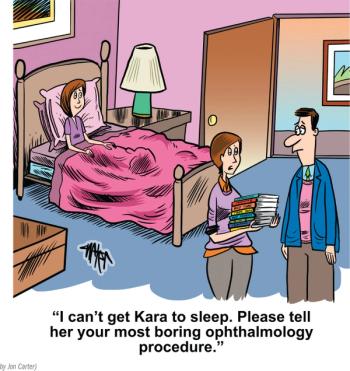
Check out the latest Optic Relief from the May issue!
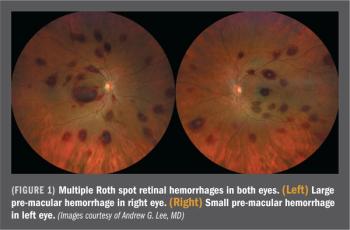
The Neuro-Connection: Clinicians should be aware of unusual but characteristic signs, symptoms, findings

Group provides update on possible role of computer game rather than patching, eye drops

Differentiating across categories instrumental to establishing accurate value
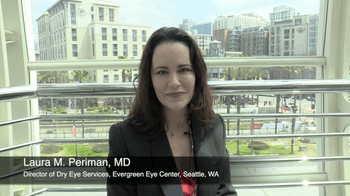
Laura M. Periman, MD, shares how IPL therapy can quickly rid patients of painful chalazions

Aphantasia can rob one of voluntarily visualizing places, things

Patients prefer the convenience of using a compounded triple combination drop over a standard medication plan.

In our latest episode, we discuss how an idea can become an invention with Joshua Mali, MD.
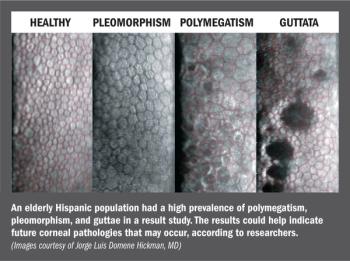
With ‘surprise’ finding, results may help indicate future corneal pathology that may occur

Ophthalmology Times seeks nominations of residents to participate in our 2019 Resident Writers Award program. The nominations are due by May 3, 2019-learn how.

Eye drops, drug-delivery system innovations aim to improve outcomes, adherence

For the first time ever, the Association for Research in Vision and Ophthalmology (ARVO) is taking its annual meeting outside the United States, heading north of the border to Vancouver, British Columbia.

“THE BEEEEEEEES!”-Nicolas Cage

Disparities exist in delivery of needed vision care for at-risk children, study finds

Eye drops went unused more often than any other medication, due to standard procedures

Those impacted by tax bill appeal to other half for assistance

Letters to the Editor may be submitted to [email protected]. Letters may be edited for clarity and length.

Keep refractive surgery in forefront when it comes to technology

Potential issues may impact reading speed, reaction time, memory, orientation, glare

Group offering ARVOLearn educational platform; AI focus of upcoming online session
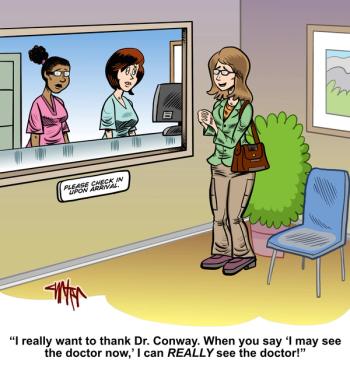
Check out the latest Optic Relief!

The next ‘designer’ baby could be a future ophthalmologist

Study and use of platelet preparation, other biologics viewed as next frontier
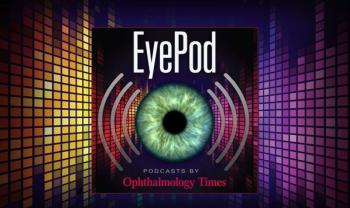
Christopher F. Wood, MD, discusses the importance of learning new technologies to treat floaters

Use these tips from the self-help pros!
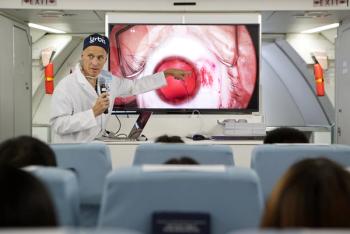
Novel telemedicine technology platform allows for real-time mentoring in clinical setting